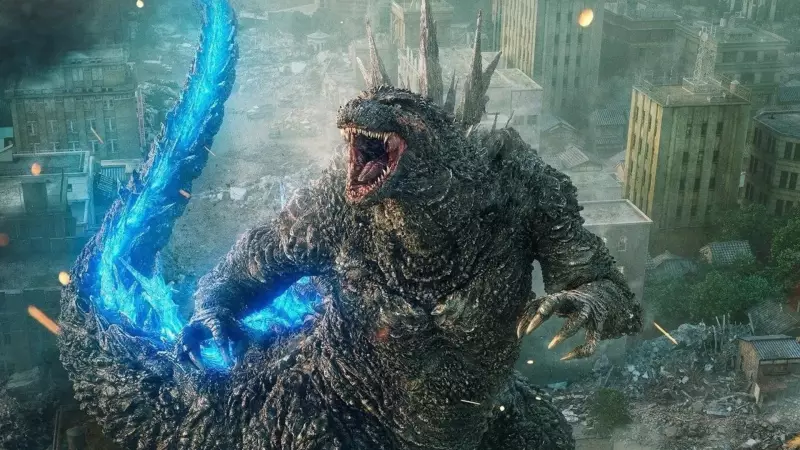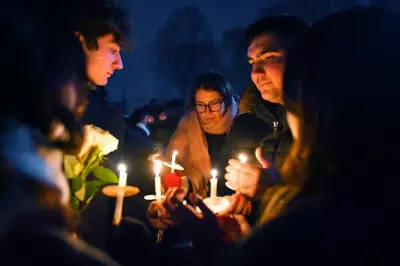
What transforms a creature from merely frightening to truly monstrous? The University of British Columbia is launching an innovative course that digs deep into the evolution of cinema's most terrifying beasts and what they reveal about human nature.
The new offering, titled "Monster Studies: The Rise of Cinematic Beasts," explores how movie monsters have evolved from simple creatures of folklore to complex symbols reflecting our deepest societal fears and anxieties.
Beyond the Scares: Understanding Monster Psychology
According to course instructor Dr. Brian McIlroy, monsters serve as more than just entertainment—they're cultural barometers. "The monster is always a product of its time," explains Dr. McIlroy. "Whether it's Godzilla representing nuclear anxieties or zombie hordes reflecting pandemic fears, these creatures give form to what troubles us most."
The course examines how monsters have transformed throughout cinematic history, from the gothic horrors of early cinema to the high-tech terrors of modern filmmaking. Students will analyze how changing special effects technologies have shaped our monster mythology and why certain creatures capture the public imagination at specific historical moments.
From Dracula to Demogorgon: A Monster Timeline
The curriculum covers a wide range of iconic creatures, including:
- Classic Universal monsters like Dracula and Frankenstein's creature
- Atomic age giants such as Godzilla and Them!
- Psychological terrors from films like The Babadook
- Modern streaming service monsters from Stranger Things and beyond
Dr. McIlroy notes that the course has generated unexpected excitement across campus, with students from various disciplines expressing interest. "There's something universally fascinating about monsters," he observes. "They allow us to confront fears in a safe space and explore difficult topics through metaphor."
Why Monsters Matter in Modern Education
Beyond entertainment value, the course demonstrates how monster stories serve important cultural functions. They help societies process collective traumas, navigate ethical dilemmas, and explore the boundaries of humanity itself.
The interdisciplinary approach combines film studies, psychology, sociology, and cultural theory, showing students how to read monsters as complex texts that reveal much about the societies that create them.
As Dr. McIlroy concludes, "Studying monsters isn't just about understanding what scares us—it's about understanding who we are and what we value as a society."





